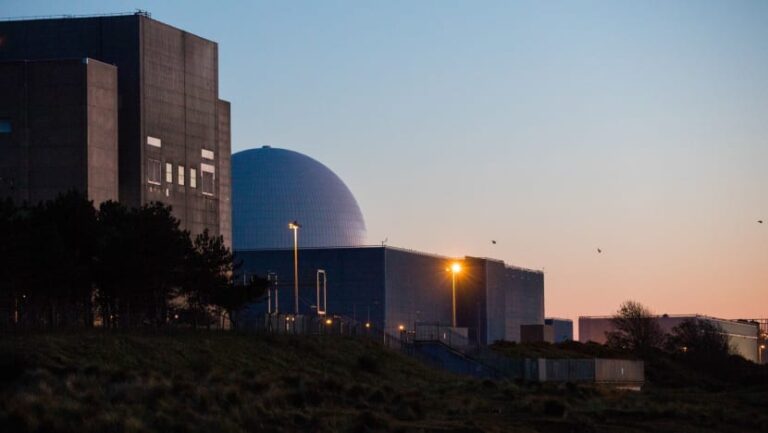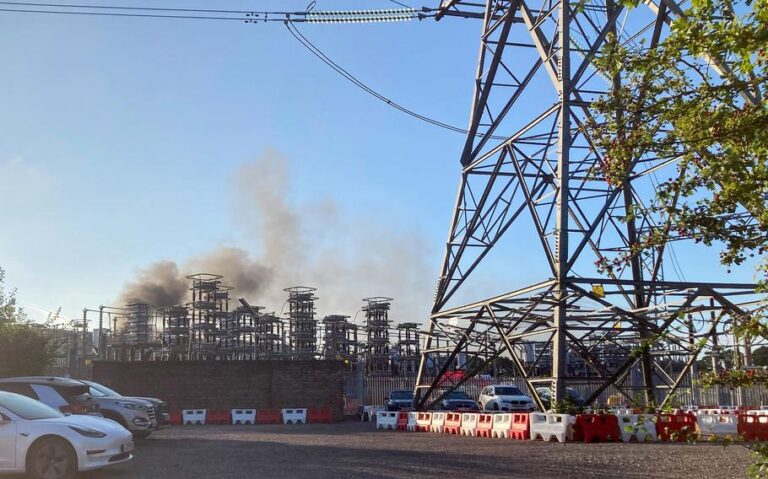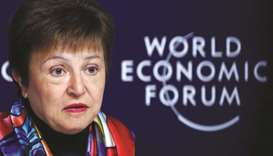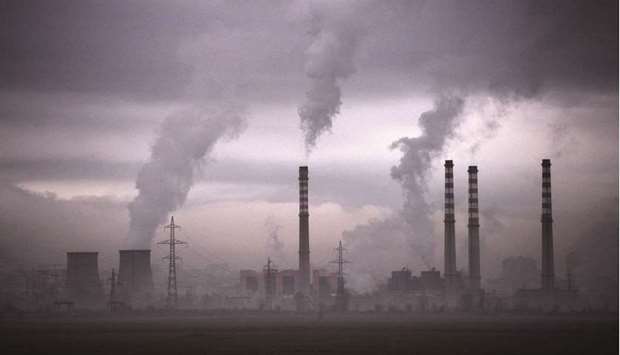Can small nuclear reactors really help the climate?

Much of the world has been turning away from nuclear power, with its ageing plants, legacy of meltdowns and radioactive waste. But some governments, big companies and billionaires including Bill Gates and Warren Buffett are convinced the technology can help save the planet.
Unlike wind and solar sources, nuclear power can be switched on and off at any time, and without the planet-warming emissions produced by gas and coal.
Investments of hundreds of millions of dollars are going toward a new generation of so-called small modular reactors (SMRs), which ultimately could provide a safe and nimble source of carbon-free energy – if they can overcome challenges related to economics, safety and public opinion.
HOW SMALL IS SMALL?
Of the more than 70 such reactors that the International Atomic Energy Agency lists as in some stage of design or development, the smallest are less than 5m in diameter and 10m in height. (The plant that would be built to operate the reactor would be bigger, of course.)
SMRs typically have less than 300 megawatts of generating capacity, about a third of that of existing reactors. The “M” in SMR – modular – means these reactors can largely be built in factories and shipped in standardised parts for assembly on-site. That means shorter construction times and greater flexibility to expand to meet demand.
WHY AREN’T TRADITIONAL NUCLEAR PLANTS ENOUGH?
Since the Fukushima Dai-ichi meltdowns in Japan in 2011, there has been a dearth of investor interest in building expensive new plants, with China, Russia and India as notable exceptions.
Instead, utilities have gravitated toward carbon-intensive coal and gas plants to supplement less reliable solar and wind resources. That has led climate advocates such as James Hansen, one of the first scientists to publicly warn about the danger of global warming, to call for more nuclear energy.
DO SMRS ALREADY EXIST?
The only ones currently in commercial operation are two 35-megawatt units on a floating power plant deployed by Russia in the Arctic in 2020. China expects to begin trials in 2026 on an SMR being built near an existing power plant on Hainan island.
The first commercial SMR project in the US, planned for the site of the Idaho National Laboratory, will consist of six reactors capable of producing a combined 462 megawatts. It’s supposed to be operational by the end of this decade.
ARE THEY SAFE?
Proponents say SMRs will be safer than earlier generations of nuclear power plants.
The basic idea remains the same – splitting atoms to release energy, a process known as nuclear fission, that heats water to produce steam that spins turbines to make electricity. About half of the SMR models under development use water as a coolant, as most currently operating reactors do.
Explosions at Fukushima and at Three Mile Island in the US in 1979 were caused by heat from exposed fuel rods splitting the hydrogen from the steam used to cool the reactor.
Some SMR designs, by contrast, use molten salt and metals as coolants. SMR designs also integrate new kinds of fuel and backup emergency systems that should reduce the likelihood of meltdowns.
On the other hand, smaller reactors would ideally be located closer to population centers, increasing the possible danger from an accident. And like their larger brethren, SMRs produce radioactive waste that must be stored safely for centuries.
WHAT ARE THE ECONOMIC CHALLENGES?
Cost competitiveness is an uphill climb. US manufacturer NuScale Power, to cite one example, is aiming for an SMR that can sell power for US$55 per megawatt-hour.
Yet wind power in much of the world is now about US$44 a megawatt-hour, solar is US$50, and in some regions, renewable energy will be below US$20 a megawatt-hour by the end of the decade, according to BloombergNEF.
A 2020 study by professors at the University of British Columbia found that on a lifetime basis, the cost of electricity produced by SMRs could be 10 times greater than the cost of electricity produced by diesel fuel.
The economics might be more favorable when considering SMRs as alternatives to large-scale batteries to serve as at-the-ready backups for solar and wind power when the sun isn’t shining or the wind isn’t blowing.
WHO’S INVESTING IN SMRS?
Electricite de France, China National Nuclear, Japan’s Toshiba and Russia’s Rosatom are pushing SMR designs, as is NuScale. Gates and Buffett have teamed up to build and test a reactor at an abandoned coal plant in Wyoming.
Rolls-Royce Holdings raised £455 million (US$608 million) to fund the development of SMRs, with almost half of the financing coming from the UK government. The Canadian and US governments have also offered hundreds of millions of dollars in subsidies to kick-start the SMR industry.







